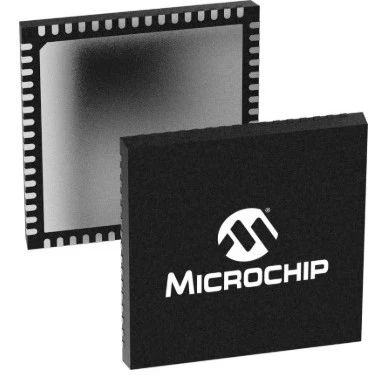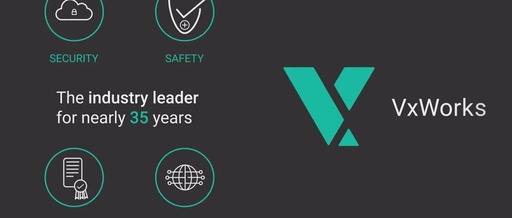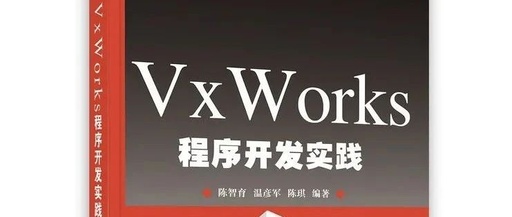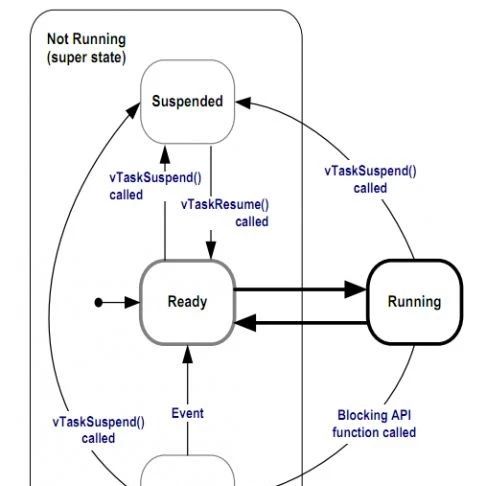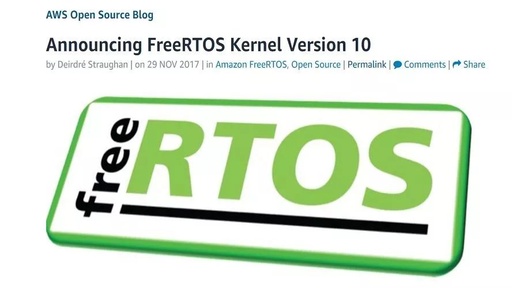Computer Software Examination – Embedded System Designer
1. Exam Requirements: (1) Master the basic knowledge of computer science; (2) Master the hardware and software knowledge of embedded systems; (3) Master the methods of embedded system analysis; (4) Master the methods and steps of embedded system design and development; (5) Master the methods of embedded system implementation; (6) Master the knowledge of embedded … Read more

